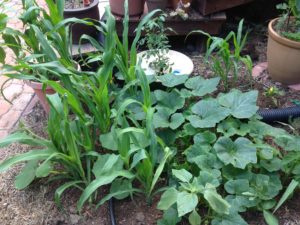We have beavers in San Diego! Learn about where they are, and why they are helpful watershed warriors!
Using Rainwater and Greywater can help reverse climate change
Find out why harvesting rainwater and greywater at your home is an essential part of addressing climate change locally.
Lawn Removal Rebates are back for San Diego
If you’ve been waiting to redevelop your landscape, and save thousands of gallons of water by removing your lawn, until rebates were reinstated, now is your chance! Socalwatersmart.com just reopened their rebates for turf removal. …
Read More
A Tale of Two Watersheds: Simple Backyard Solutions are the Key to Watershed Health
Two different watersheds, two different problems facing them. We have the solution! Small scale, backyard solutions across the county solve large scale watershed problems when everyone contributes.
Green Roofs
A green roof is an extension of an existing roof that includes high-quality waterproofing, drainage, filter cloth, light-weight growth medium, plants and irrigation. Snapshot of how green roofs are assembled. Green roof benefits include: Beauty and aesthetics Increased longevity…
Read More
It’s never too late to fall in love with growing food!
It’s been a while since I’ve taken an opportunity to put plants in the ground. But with a little rainwater, home made compost, and some heirloom seeds, feeling successful was EASY!
10 Easy ways to be a water warrior
Through a series of small scale integrated solutions, we can change the local water and food climate in San Diego!
Desalination: an expensive solution for keeping green lawns in San Diego
Desalination provides the most expensive water supply in San Diego. By engendering a simple water conservation ethic, we can reduce our water needs in San Diego by over 20%, eliminating the need for this expensive water supply. Let’s rethink our water supply and our place in San Diego’s Water Cycle.
Mulch: The unsung hero of rainwater collection!
A brief primer on mulch selection, and why mulch matters.
Water Ethics in San Diego
Taking into account our real water supply, how do we inhabit our southland in an ethical way?









